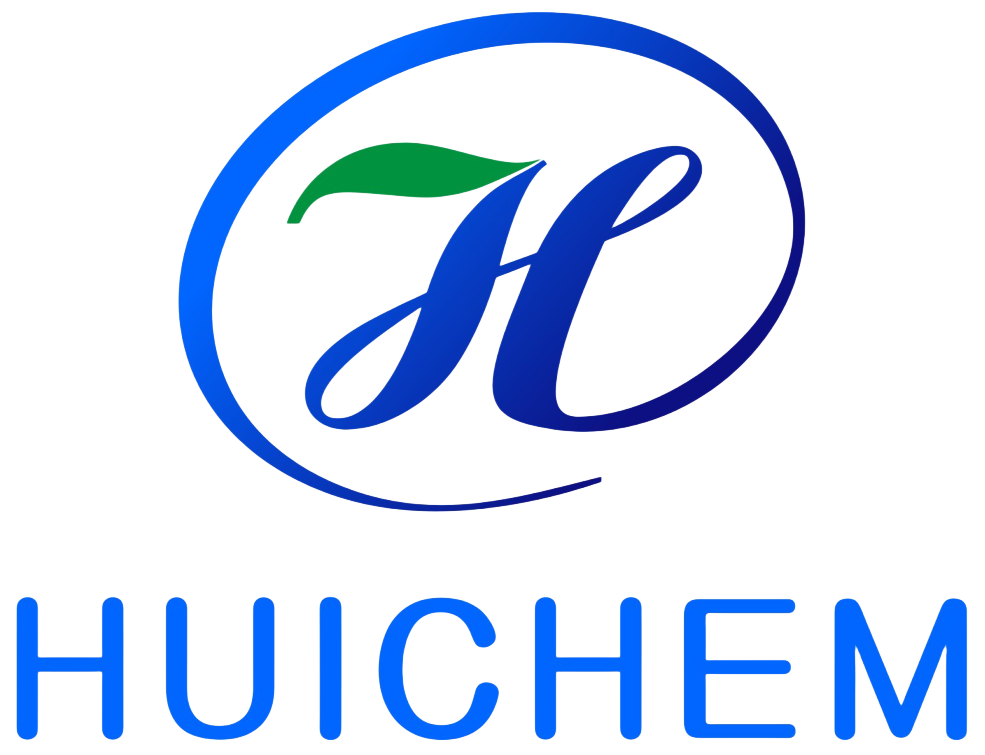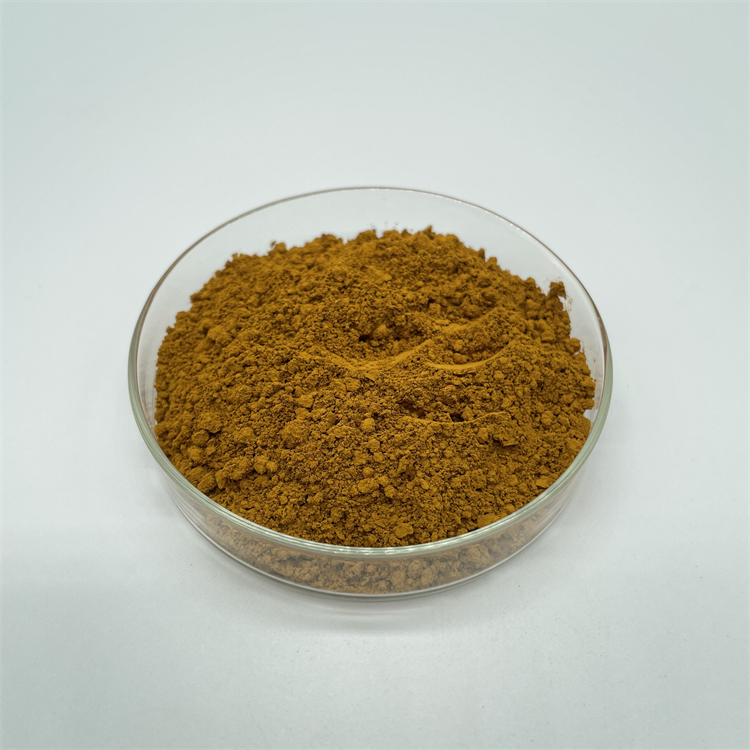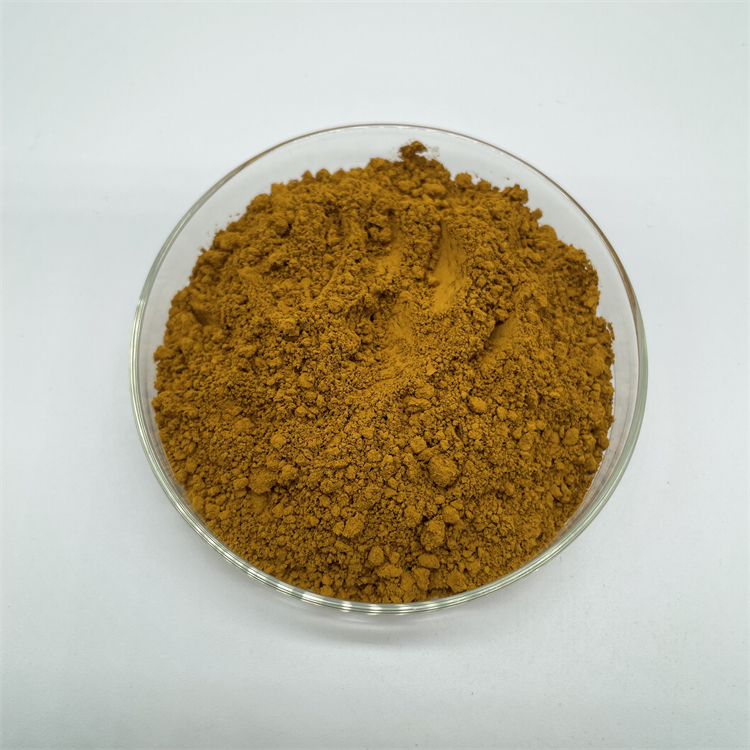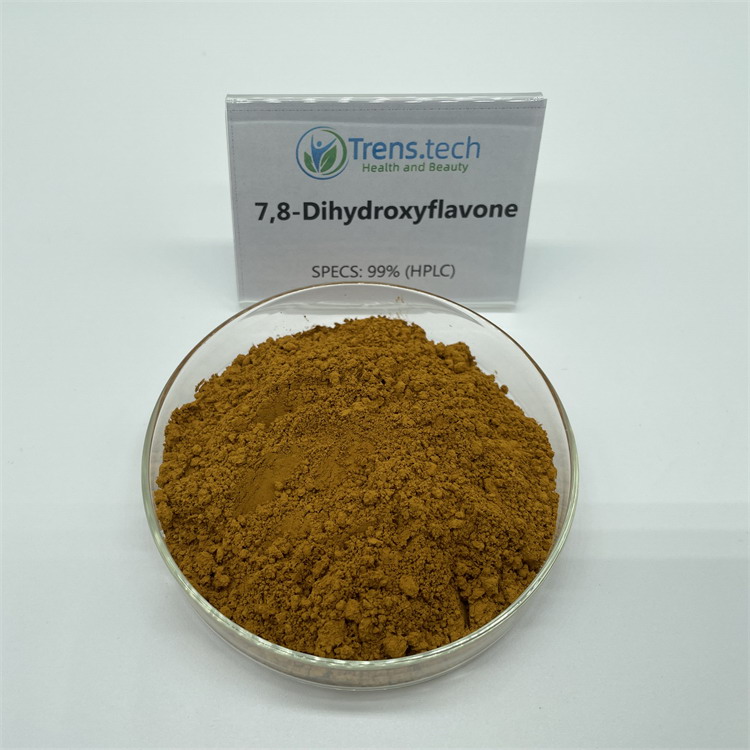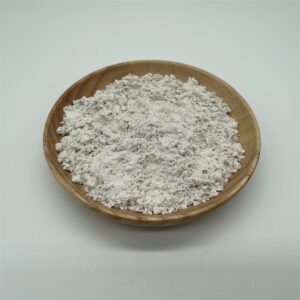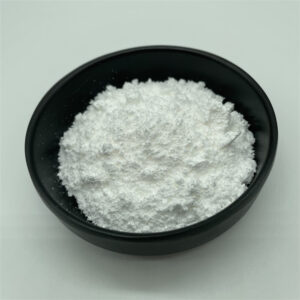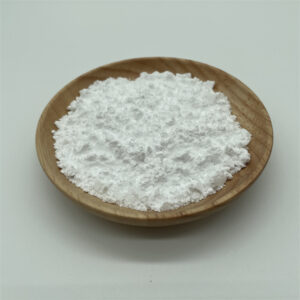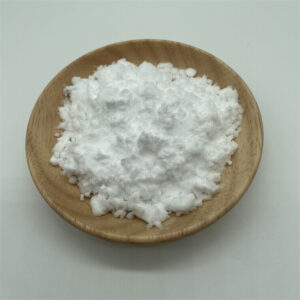7,8 DHF
7,8-dihydroxyflavone (7,8 DHF) has been found to act as a potent and selective small-molecule agonist of the tropomyosin receptor kinase B (TrkB), the main signaling receptor of the neurotrophin brain-derived neurotrophic factor (BDNF).
Additional information
| Name | 7,8 DHF |
|---|---|
| CAS No. | 38183-03-8 |
| Synonyms | Tropoflavin; 7,8-dihydroxyflavone |
| Specifications | 98% |
| Appearance | Brown yellow powder |
| Molecular Formula | C15H10O4 |
| Molecular Weight | 254.24 |
| Storage | Store at room temperature, tightly sealed, away from heat, light and moisture. |
Product Details:
Tropoflavin, also known as 7,8-dihydroxyflavone, is a naturally occurring flavone found in Godmania aesculifolia, Tridax procumbens, and primula tree leaves. It has been found to act as a potent and selective small-molecule agonist of the tropomyosin receptor kinase B (TrkB) (Kd ≈ 320 nM), the main signaling receptor of the neurotrophin brain-derived neurotrophic factor (BDNF). Tropoflavin is both orally bioavailable and able to penetrate the blood–brain barrier. A prodrug of tropoflavin with greatly improved potency and pharmacokinetics, R13 (and, formerly, R7), is under development for the treatment of Alzheimer’s disease.
Tropoflavin has demonstrated therapeutic efficacy in animal models of a variety of central nervous system disorders, including depression, Alzheimer’s disease, cognitive deficits in schizophrenia, Parkinson’s disease, Huntington’s disease, amyotrophic lateral sclerosis, traumatic brain injury, cerebral ischemia, fragile X syndrome, and Rett syndrome. Tropoflavin also shows efficacy in animal models of age-associated cognitive impairment and enhances memory consolidation and emotional learning in healthy rodents. In addition, tropoflavin possesses powerful antioxidant activity independent of its actions on the TrkB receptor,[26] and protects against glutamate-induced excitotoxicity, 6-hydroxydopamine-induced dopaminergic neurotoxicity, and oxidative stress-induced genotoxicity. It was also found to block methamphetamine-induced dopaminergic neurotoxicity, an effect which, in contrast to the preceding, was found to be TrkB-dependent.
